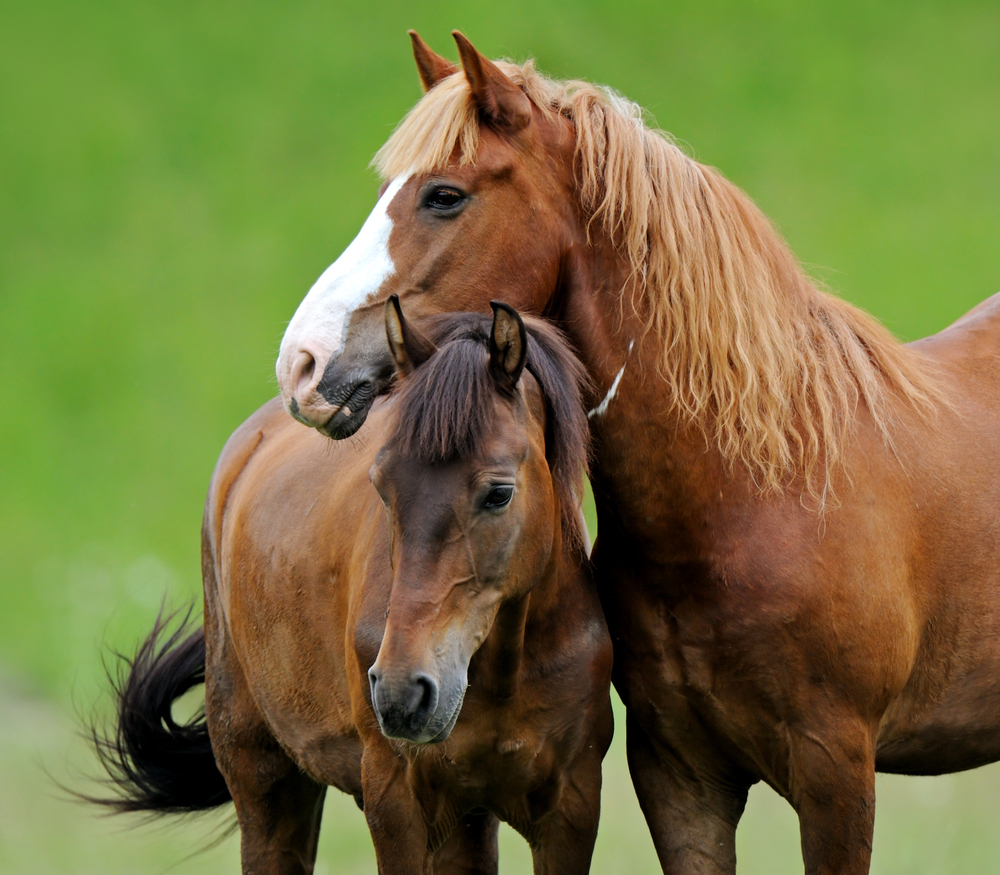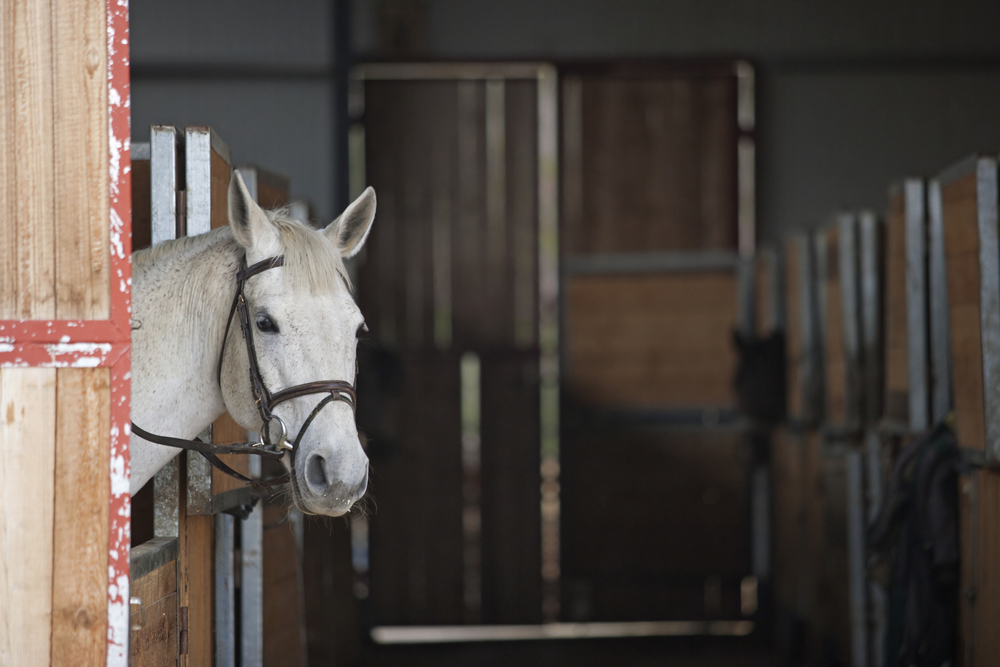When it comes to equine nutrition, forage is often considered the foundation of a horse’s diet. However, not all forage is created equal, and more importantly, not every horse requires the same type of forage. From competitive athletes to retired companions, every horse has unique nutritional needs based on age, breed, workload, metabolism, and even
READ MOREAuthor: The Greenway Team
How to Choose Stall Bedding That Supports Hoof Health
When it comes to equine care, hoof health is one of the most critical yet sometimes overlooked aspects of a horse’s overall well-being. While nutrition, farrier work, and exercise play undeniable roles in maintaining strong hooves, the bedding in your horse’s stall also has a significant impact. The right horse stall bedding provides more than
READ MOREStraw Pellet Bedding Hacks to Boost Absorbency & Cut Costs
For any horse owner, barn manager, or trainer, bedding is a crucial part of equine care. Whether you’re working with a single companion horse or overseeing an entire boarding facility, the quality and cost-effectiveness of your bedding solution impact both your animals and your bottom line. In recent years, straw pellet bedding has emerged as
READ MORETimothy Cubes vs Pellets: Which Offers Better Nutrition?
Horse owners are constantly seeking optimal feeding solutions that support digestive health, promote performance, and ensure overall well-being. Two common forms of forage-based feed—Timothy Alfalfa cubes and Timothy pellets—have become popular alternatives to loose hay due to their convenience, consistency, and nutritional value. But which one truly offers better nutrition for your horse? Understanding Forage
READ MORETimothy Pellets for Horses: Smart Forage or Overhyped?
When it comes to equine nutrition, few topics ignite as much debate among horse owners, trainers, and breeders as forage alternatives. Among these, Timothy pellets for horses have steadily risen in popularity. Marketed as a convenient and nutrient-rich option, Timothy pellets are often used as a supplemental forage, especially when traditional hay is low in
READ MORE



